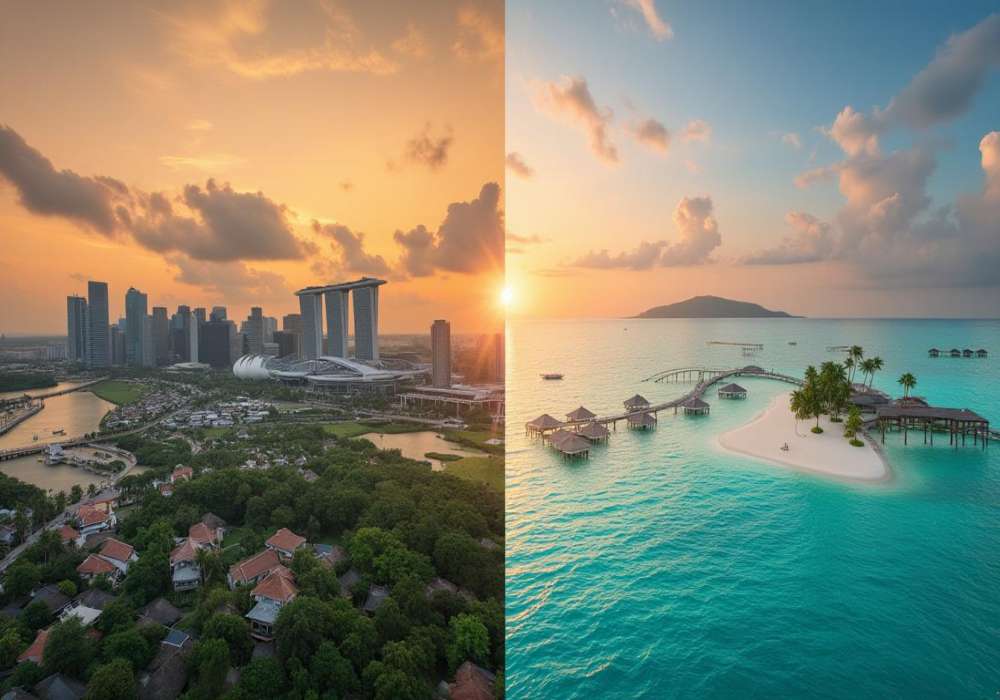
Last Updated At: 29-Aug-2025
Singapore vs Maldives : Choosing Your Ideal Destination
Travellers usually decide between the calm paradise of the Maldives and the urban energy of Singapore when deciding where to go. Singapore's bustling international hub enchants tourists with its innovative architecture, diverse cuisine, and effective infrastructure. Modernity and tradition coexist in harmony in this city-state, resulting in a distinctive cultural tapestry that provides a variety of activities, from Orchard Road shopping to touring Chinatown and Little India's historic districts.
Conversely, the Maldives offers a picture-perfect haven for those seeking peace among turquoise waters and white sandy beaches. It offers a getaway into the peace and tranquillity of nature with its overwater bungalows, vivid coral reefs, and teeming marine life. If we talk about the cost of living in Singapore or Maldives then the Maldives is 37.1% cheaper than Singapore. Apart from this there are numerous job opportunities in Singapore or Maldives. Travellers can choose between the booming urban beat and the tranquil island calm because the Maldives calls with its serene natural beauty, while Singapore entices with its cosmopolitan attractiveness.
Weather: Singapore or Maldives
Singapore has a year-round tropical rainforest climate with constant temperatures. The environment is warm and humid, marked by excessive humidity and frequent downpours. The Maldives, in contrast, have a tropical monsoon climate with warm temperatures. There are separate dry and wet seasons. The dry northeast monsoon season lasts from December to April; Singapore or Maldives for vacation is perfect for travel because it provides serene waters and beautiful skies. There are sporadic rain showers and increasing humidity during the wet southwest monsoon season, which lasts from May to November. For their ideal climate, tourists can choose between the Singapore or Maldives weather patterns.
Natural Beauty: Singapore Or Maldives
Living in Singapore or Maldives have distinctive natural beauty, yet their varied landscapes appeal to various tastes. Despite its metropolitan surroundings, Singapore has carefully managed green areas and verdant gardens that peacefully coexist with contemporary buildings. This blending of nature and design is best exemplified by the famous Supertree Grove at Gardens by the Bay and the Singapore Botanic Gardens. Conversely, the Maldives show off a pristine paradise where natural beauty is the major attraction. Its emerald-coloured waters, snow-white beaches, and vivid coral reefs create an incredible underwater wonderland. Snorkelling and diving lovers flock to the archipelago because of its isolation and teeming marine life. The Maldives provide a special chance to immerse oneself in a pristine, tropical place with its overwater bungalows and uninhabited islands.
The decision between Singapore and the Maldives ultimately comes down to whether one prefers a harmonious fusion of nature and modernity in the city-state or seeks a pristine island getaway in the Maldives, where the unspoiled beauty of the ocean and marine life takes centre stage.
Major Attractions In Singapore
These are only a few of the many attractions in Singapore that showcase the city-state's magnificent natural beauty and serene island environs.
- Singapore River: A historical river dotted with eateries and sites that provide a window into Singapore's history.
- Haw Par Villa: A theme park featuring elaborate sculptures of Chinese mythology scenes.
- S.E.A. Aquarium: One of the largest aquariums in the world with a wide diversity of marine life, it is a part of Resorts World Sentosa.
- Asian Civilisations Museum: It showcases Asia's cultural heritage through its remarkable collection of artefacts.
- Singapore Botanic Gardens: A tranquil tropical garden with a wide variety of plant species on the UNESCO list.
- ArtScience Museum: An innovative museum renowned for its distinctive design and engaging displays.
- Singapore Flyer: A massive observation wheel providing sweeping views of Marina Bay and the metropolitan skyline.
- Little India: A vibrant area well-known for its markets, temples, and Indian cuisine.
- Chinatown: A bustling neighbourhood with classic buildings, markets, and delectable Chinese food.
- National Orchid Garden: A location in the Singapore Botanic Gardens and has many orchid species on exhibit.
- Merlion Park: The location of the famous Merlion statue, which represents Singapore's maritime heritage.
- Singapore Zoo: A verdant wildlife park renowned for its accessible habitats and engaging animal interactions.
- Sentosa Island: An island resort with many attractions, such as adventure parks, Universal Studios Singapore, and beaches.
- Gardens by the Bay: A futuristic park with enormous Supertree buildings and exquisitely designed gardens.
- Marina Bay Sands: Three buildings that form an iconic hotel and entertainment complex are united by a sizable rooftop deck and an infinity pool.
Major Attractions In Maldives
Here are some of the major attractions in the Maldives mentioned below:-
- Hulhumale Beach: White sand beach and crystal-clear waves can be seen in Hulhumale.
- Male Fish Market: Fresh seafood in a colourful variety at the male fish market.
- National Museum: The National Museum's exterior features Maldivian history and culture.
- Biyadhoo Island: Stunning aerial view of the island of Biyadhoo, which is encircled by turquoise waters.
- Utheemu Ganduvaru: Sultan Muhammad of the Maldives previously resided in a historic wooden house on the island of Utheemu.
- Artificial Beach: The Artificial Beach's crescent-shaped beach and palm trees
- Banana Reef: Banana Reef, a well-known diving location, features vibrant coral formations and a variety of marine life.
- Grand Friday Mosque: The magnificent Grand Friday Mosque's stunning golden dome.
- Addu Atoll: An aerial view of the picturesque Addu Atoll comprising connected islands.
- Hulhule Island: Hulhule Island's airport, which serves as a gateway to the Maldives, is home to aircraft.
- Baros Maldives Resort: Baros Maldives Resort's opulent overwater bungalows
- Vilamendhoo Island: Beautiful sunset over the Vilamendhoo Island water villas
- Meeru Island: A palm-lined beach and crystal-clear waves.
- HP Reef: An underwater picture shows colourful coral formations and aquatic life.
- Fihalhohi Island: At Fihalhohi Island, a picturesque view of the beach and overwater residences.
Cuisine: Singapore or Maldives
The lively fusion of cultural influences in Singaporean cuisine reflects the country's diverse population. Hawker centres offer a variety of foods that highlight a combination of Malay, Chinese, Indian, and Peranakan flavours, such as Hainanese Chicken Rice, Chili Crab, and Laksa. The city-state's street food sector is well-known worldwide for its innovative cooking and solid flavours. On the other hand, Maldivian cuisine is influenced by the sea and emphasises fish, coconut, and rice. Fish soups and tuna salads like Garudhiya and Mas Huni demonstrate how simple local foods can be. The Maldives' food maintains the essence of island life, emphasising fresh, locally produced food to create meals that reflect the archipelago's tropical surroundings. Singapore, on the other hand, boasts an urban gastronomic paradise.
Cultural Experiences: Singapore or Maldives
Both Singapore and the Maldives provide distinctive cultural experiences that can be tailored to suit individual tastes. The thriving city-state of Singapore is renowned for its harmonious fusion of cultures, evident in its various neighbourhoods, top-notch cuisine, and exciting festivals. The city's modern design, recognisable monuments like Marina Bay Sands, and historic locations like Chinatown and Little India highlight its multiethnic character. Conversely, the Maldives offer a cultural experience centred on its natural beauty and island way of life. The Maldives could have a different metropolitan vitality than Singapore. With its opulent overwater residences, breathtaking coral reefs, and native Maldivian villages that let you immerse yourself in the peaceful rhythms of island life, it still offers a peaceful haven. So, whether you're attracted to the pristine island culture of the Maldives or the urban tapestry of cultures that is Singapore, both places ensure amazing cultural interactions that cater to various preferences.
Read more: Famous Dishes Of Maldives
Currency: Singapore or Maldives
Singapore uses the widely used and recognised Singapore Dollar (SGD) as its official currency. It is a secure currency representing the nation's robust economy and prominence as a major global financial centre. The Maldives, in contrast, utilise the Maldivian Rufiyaa (MVR) as their currency. Although the US dollar and other popular credit cards are accepted in most resorts and tourist destinations, the Rufiyaa is the official currency. To connect with locals and make modest transactions, it is advised to have access to local currency. It's important to remember that currency rates might change, so it's a good idea to check them before travel. Both locations have easy currency conversion services, but Singapore's strong economic position gives its currency more stability than the Maldives.
Read more: Currency Exchanges in Maldives
Visa: Singapore or Maldives
Singapore normally offers visa-free or visa-on-arrival admission for brief visits, making it simple for travellers from many countries to visit. On arrival, visitors typically acquire a stamp allowing them to stay for a certain amount of time. In contrast, the Maldives also allows visitors to enter without a visa and issuing a free 30-day visa at the time of arrival. Requesting an extension may prolong this for up to 90 days. However, laws can change, so it's important to double-check eligibility requirements before travelling. The Maldives can ask for a prior clearance procedure for longer visits. Singapore and the Maldives provide relatively simple entry procedures, but travellers should be aware of any changes to visa regulations to ensure a hassle-free trip and make your journey for Singapore or Maldives safer.
Nightlife And Entertainment: Singapore Or Maldives
Singapore and the Maldives provide very different experiences when it comes to nightlife and entertainment. Singapore is well known for its exciting and varied nightlife. The city offers various entertainment alternatives, from luxury nightclubs with world-famous DJs to rooftop bars with stunning city views. Riverside eating, live music, and crowded night markets can be found in the well-known Clarke Quay and Boat Quay neighbourhoods, which serve as centres for after-dark events. The Maldives, on the other hand, embrace a more moderate approach to nightlife. In addition to stargazing sessions, cultural performances, and seaside bonfires, resorts often host their entertainment. With calm seaside dining and the calming sound of waves, relaxing is the main focus here. Although the Maldives lacks Singapore's vibrant urban nightlife, it makes up for its unmatched natural beauty and romantic atmosphere. The decision between the two places ultimately comes down to your preference for the vibrant city lights or the quiet tranquillity of an island paradise.
Choose Singapore for its dynamic city life, diverse cultures, and innovative attractions. If you want a tranquil island getaway with clean waters and a relaxed environment, choose the Maldives. Both ensure distinctive experiences that are unique to your tastes. Use Adotrip for an unforgettable experience and city nightlife.
With us, nothing is far!
Frequently Asked Questions About Singapore or Maldives
Q1. What are the major differences between Singapore and the Maldives as travel destinations?
A1. The Maldives is an idyllic island paradise famed for its quiet beaches and natural beauty, while Singapore provides a vibrant urban experience with varied cultures and modern attractions.
Q2. How do the political systems of Singapore and the Maldives differ?
A2. Singapore runs under a parliamentary republic system with a People's Action Party-led dominant-party structure. The Maldives is a multi-party political country with a presidential system.
Q3. What are the popular tourist attractions in both Singapore and the Maldives?
A3. Here are some of the best tourist attractions in both Singapore and Maldives mentioned below:-
Singapore
- Chinatown and Little India
- Singapore Zoo and Night Safari
- Sentosa Island
- Gardens by the Bay
- Marina Bay Sands
Maldives
- Overwater Bungalows
- Male
- Coral Reefs
- Private Island Resorts
- Underwater Restaurants
Q4. How does the cuisine of Singapore differ from that of the Maldives?
A4. Singapore's multiethnic population is reflected in the food, which combines Chinese, Malay, Indian, and other flavours. Fish, coconut, and regional spices are the main ingredients in Maldivian cuisine, emphasising seafood and having a distinctive island flavour.
Q5. How do Singapore and the Maldives compare economic development and tourism?
A5. With its metropolitan charms and well-established financial status, Singapore attracts tourists. The Maldives is heavily dependent on tourism as a source of income since it provides travellers with a dreamy island getaway and untouched natural beauty.
Q6. What are some key differences in the education systems of Singapore and the Maldives?
A6. Singapore and the Maldives have quite different educational systems. The education system in Singapore is well-organised, prioritises STEM topics, and is highly regarded internationally. The Maldives, in contrast, prioritises expanding access to education but needs help with the topography of its dispersed island nation.
Q7. What are the major festivals celebrated in both Singapore and the Maldives?
A7. The major festivals celebrated in both Singapore and the Maldives are mentioned below:-
Singapore
- Mid-Autumn Festival
- Christmas
- Deepavali
- Hari Raya Puasa
- Chinese New Year
Maldives
- Victory Day
- National Day
- Kuda Eid
- Eid al-Adha
- Eid al-Fitr
Q8. How do Singapore and the Maldives approach environmental conservation and sustainability?
A8. With programs such as the Sustainable Singapore Blueprint, which prioritises clean energy and open space, Singapore strongly emphasises environmental sustainability. Due to their susceptibility to increasing sea levels, the Maldives strongly emphasise environmental awareness, eco-friendly travel, and conservation.
Q9. What are the transportation and infrastructure differences between the two destinations?
A9. With its dispersed topography and emphasis on establishing tourism-related infrastructure, the Maldives relies on boats and seaplanes for island connections. Singapore, on the other hand, boasts modern transportation with an MRT system and effective buses.
Q10. How do Singapore and the Maldives handle the tourism and hospitality industries?
A10. Singapore's advanced urban attractions, diverse food, and efficient services all contribute to the city's thriving tourism sector. The Maldives' economy is supported by luxury tourism, which it promotes through its beautiful islands, overwater villas, and marine activities.
--- Published By Adotrip
Latest Blogs

Cash in the Wild: My Safari Adventure Across Kenya with Only...

One Day Picnic Spot Near Pune - Adventure, Trekking and Natu...
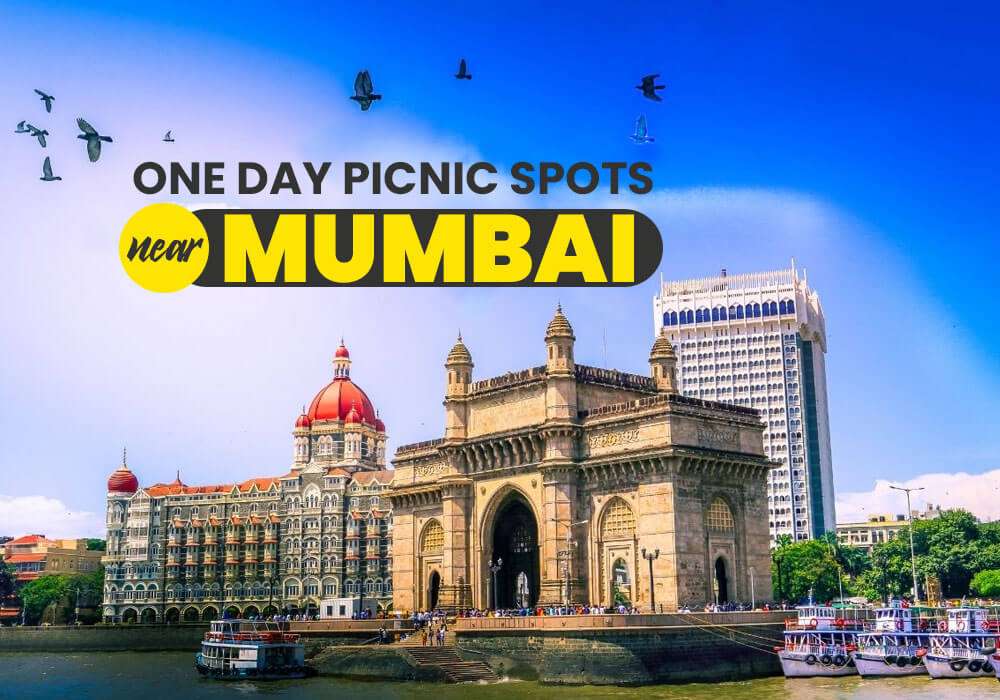
One Day Picnic Spots Near Mumbai - Monsoon, Adventure, Beach...
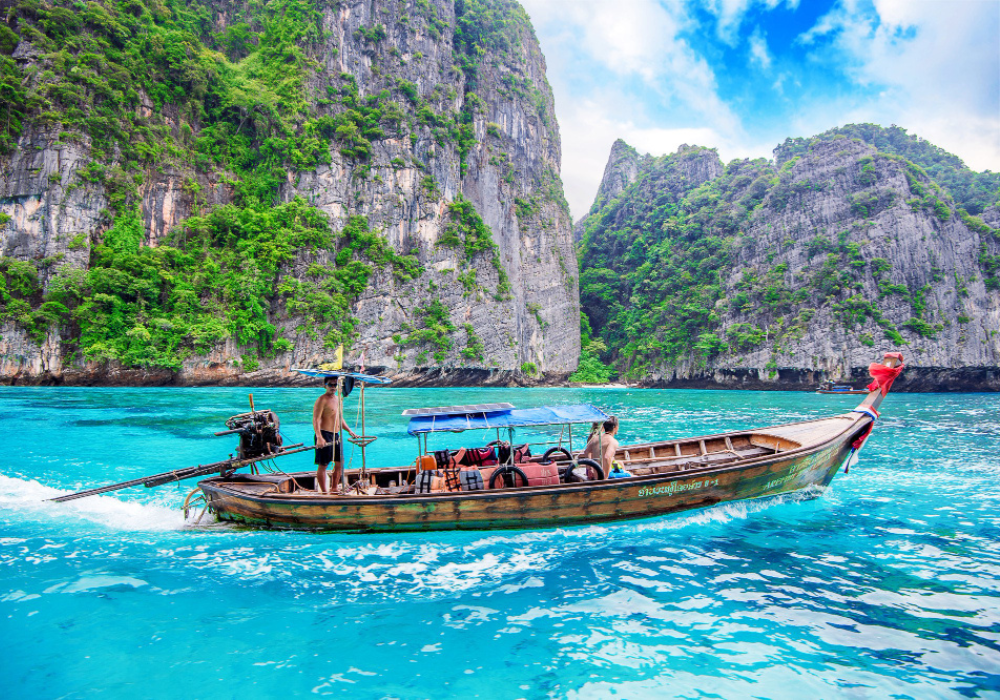
The Best Places to Go in Thailand in 2025
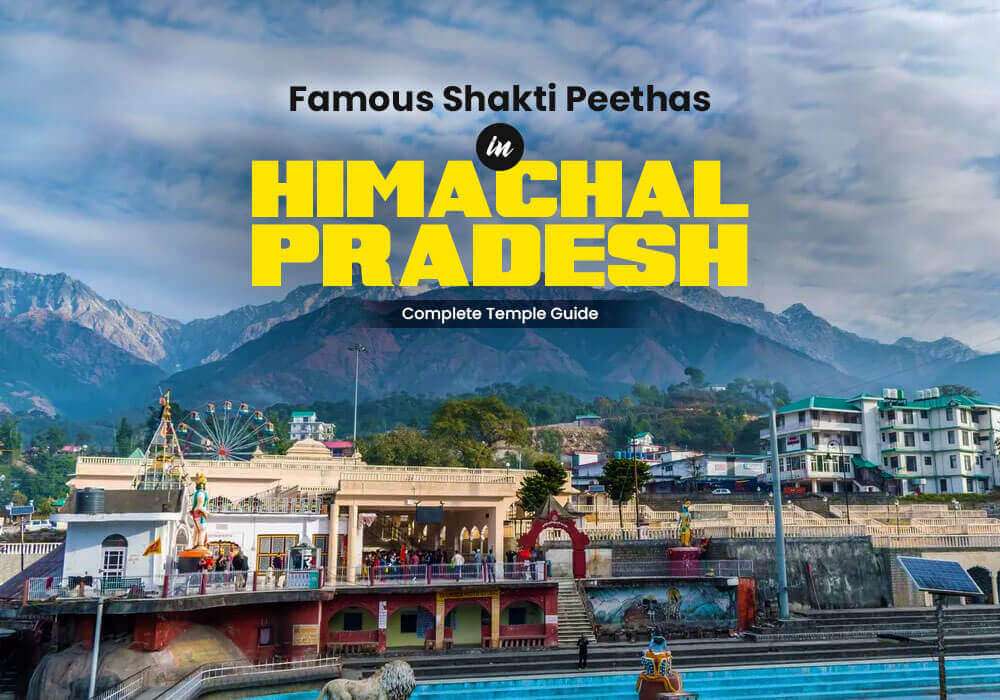


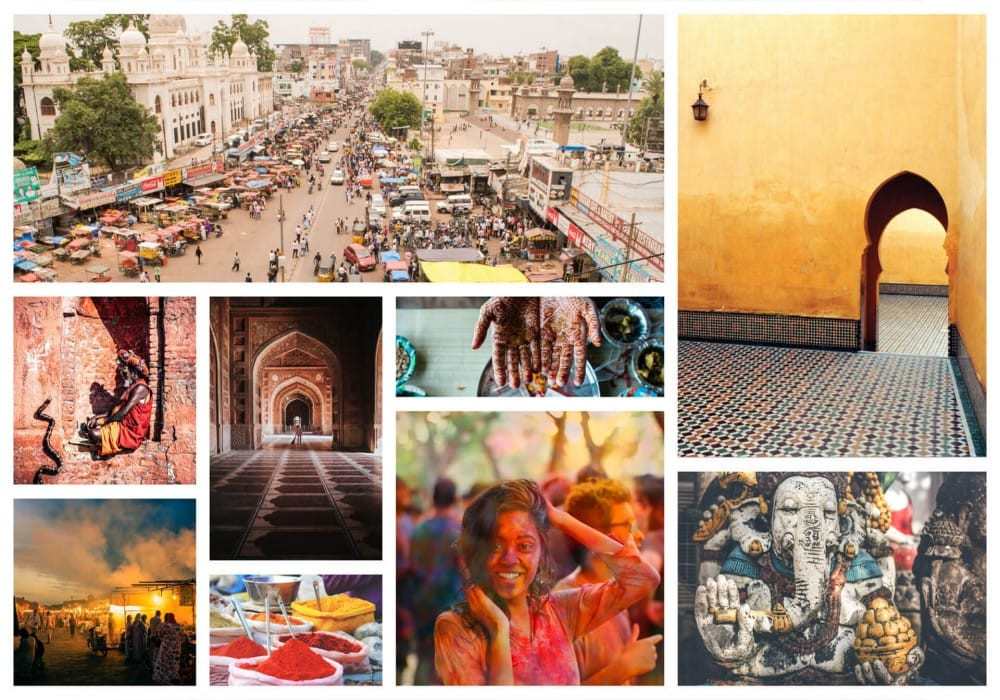



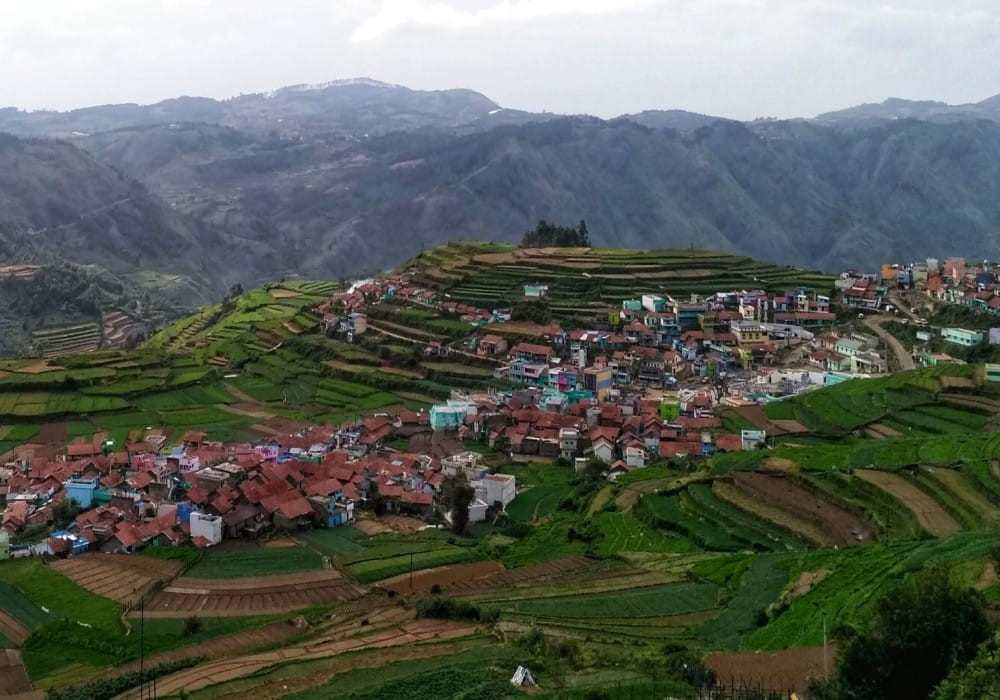
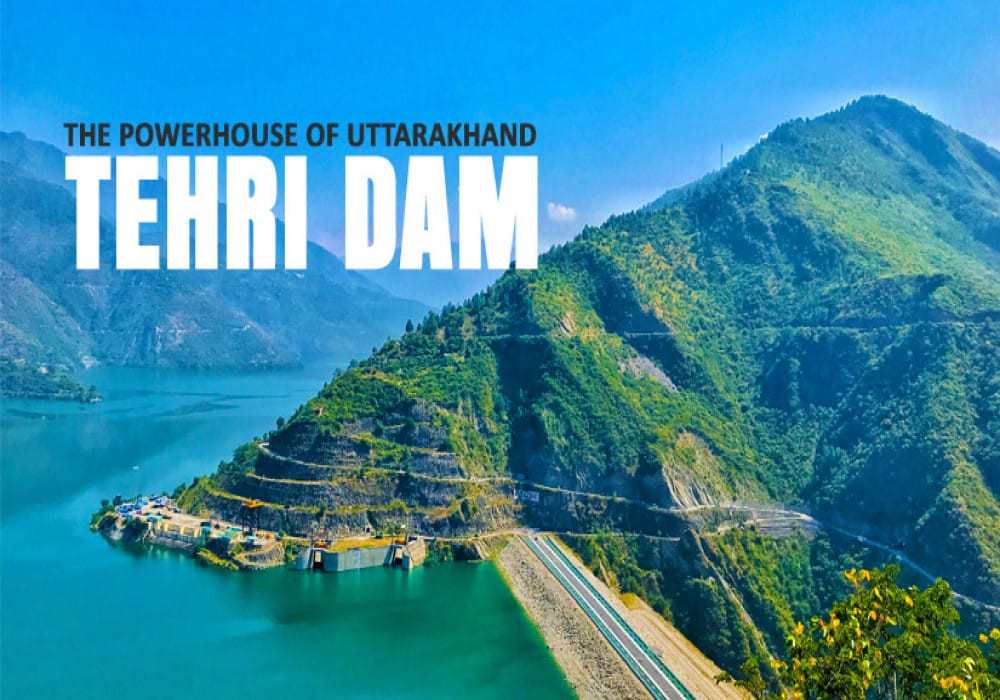

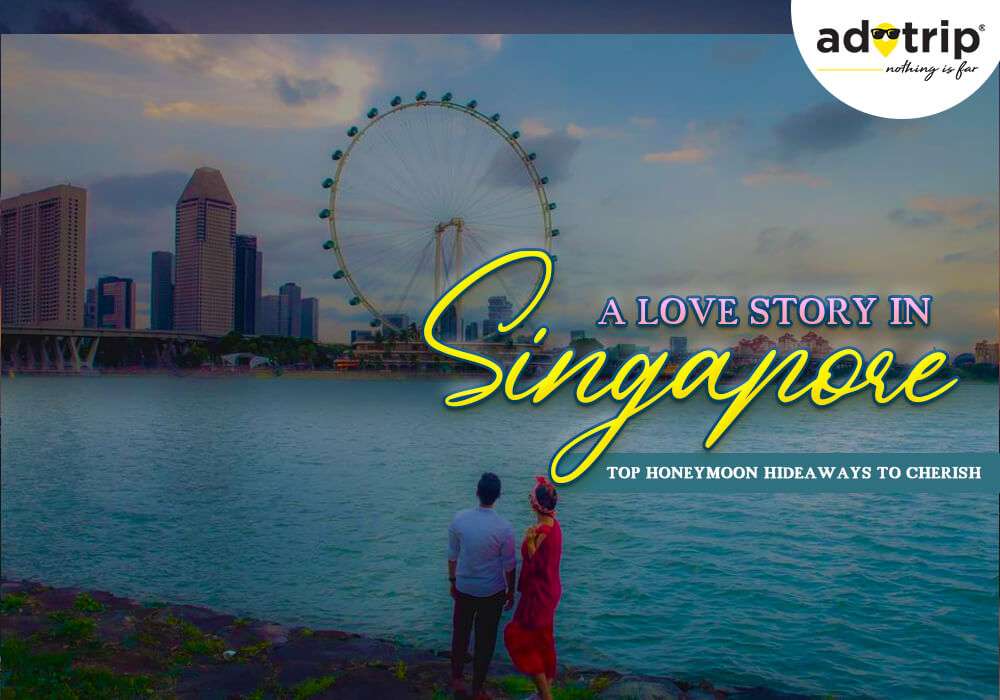
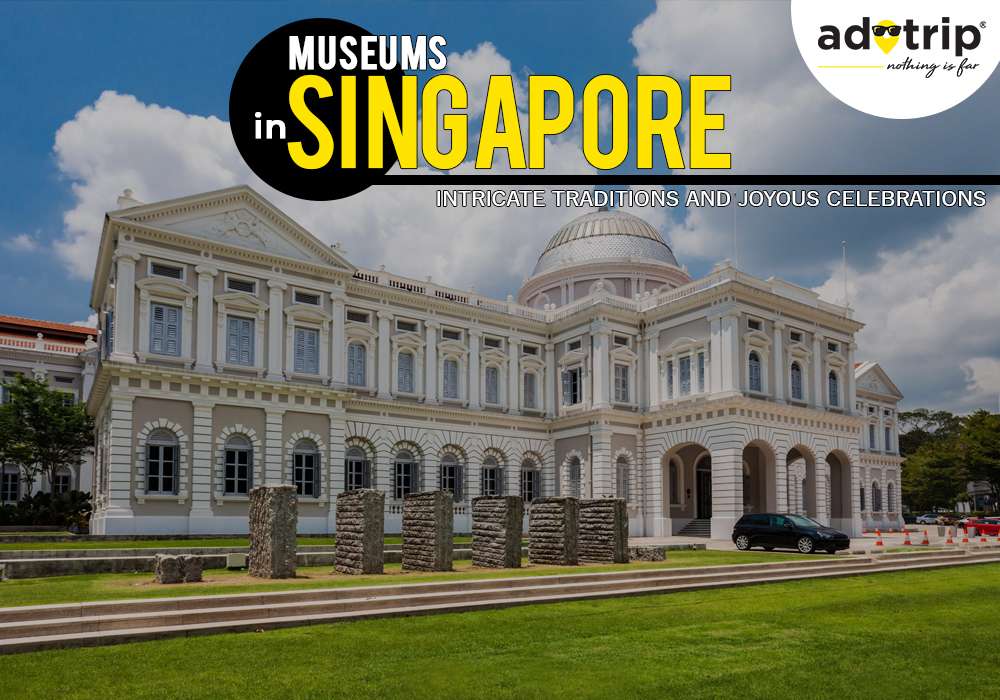
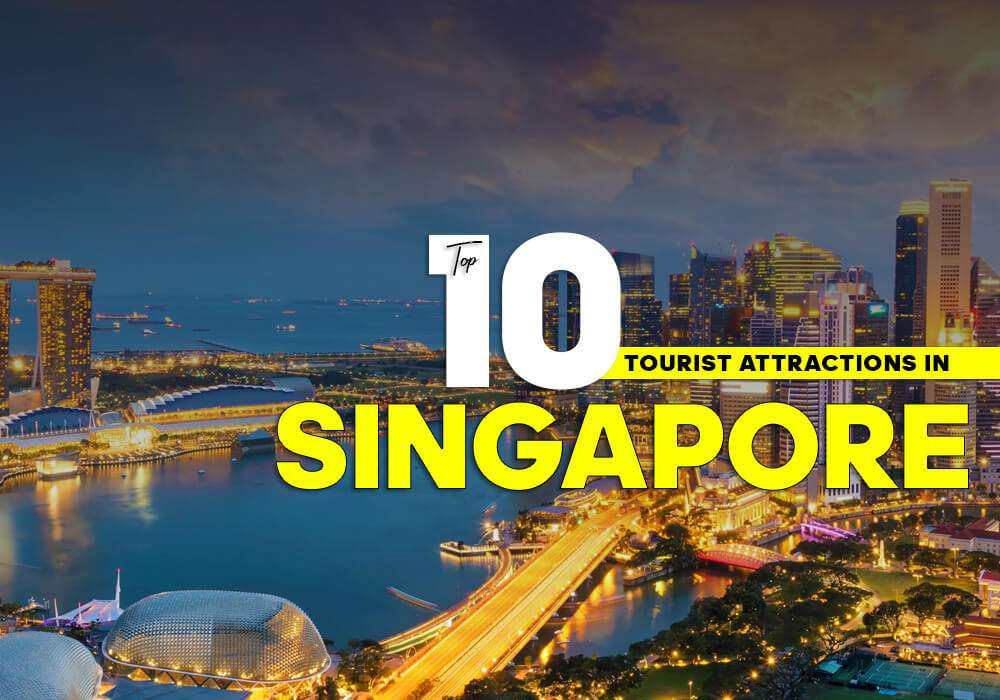
.png)
 Dubai
Dubai Malaysia
Malaysia USA
USA





